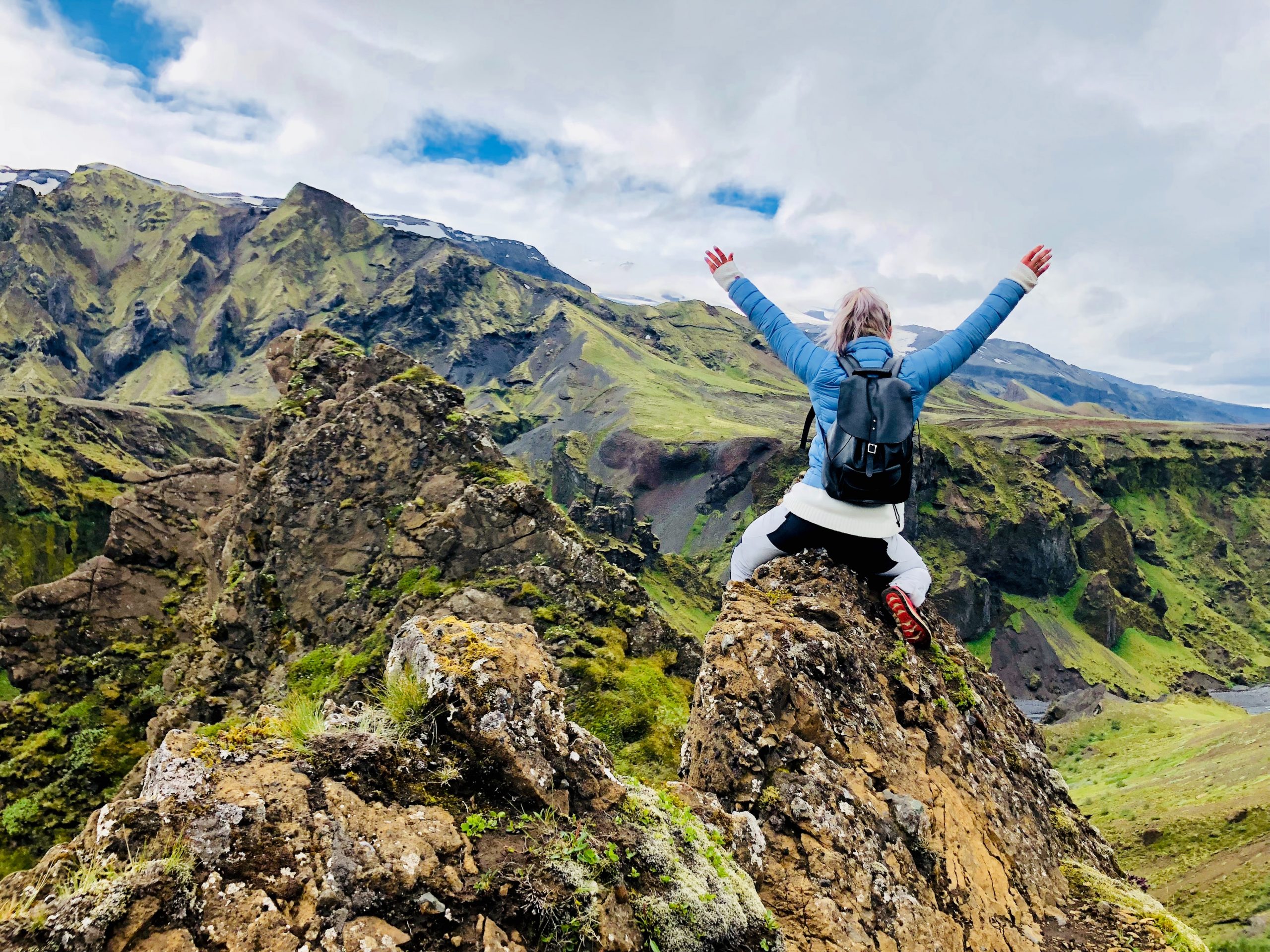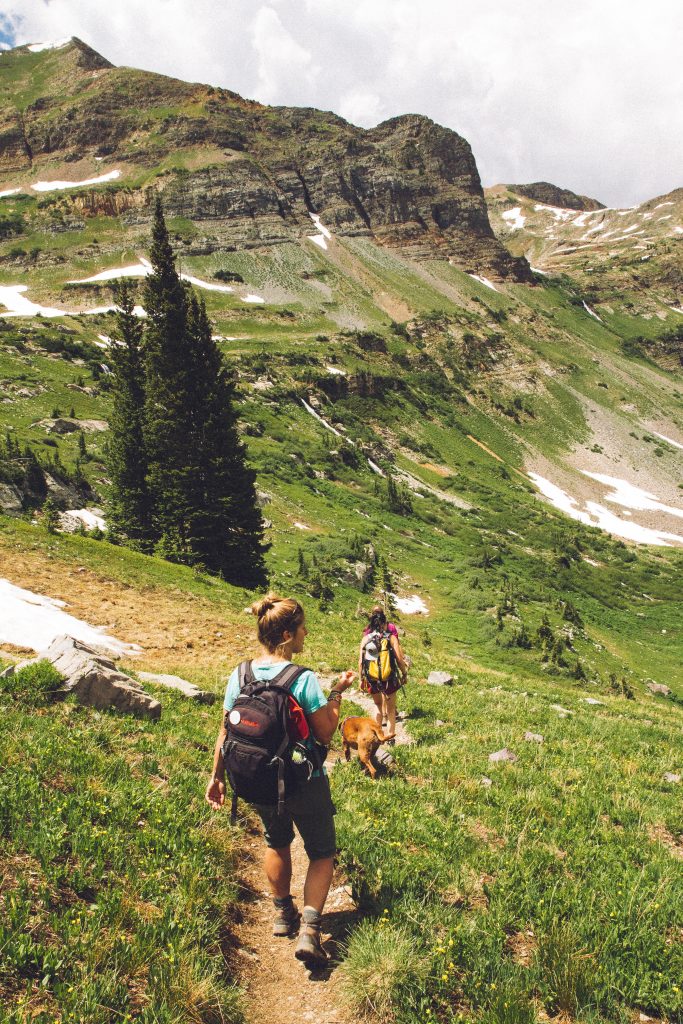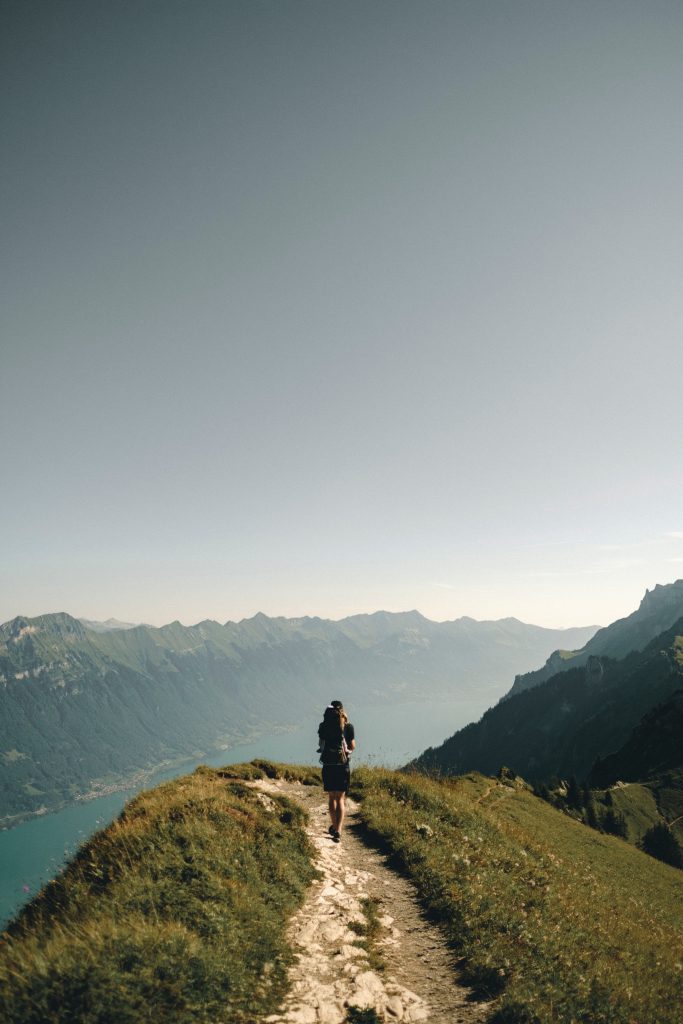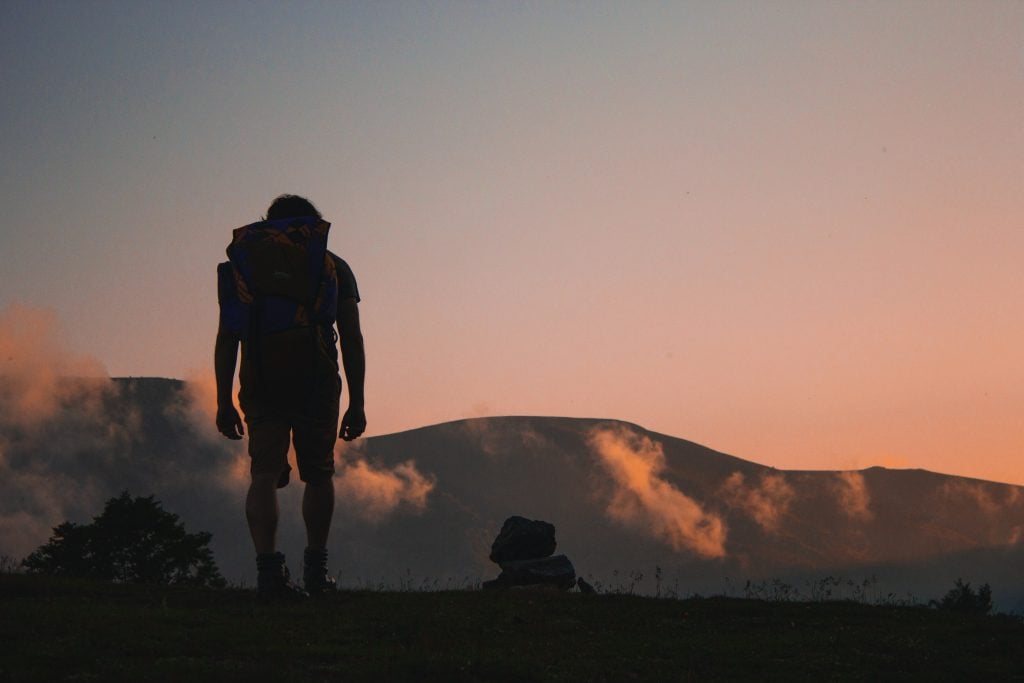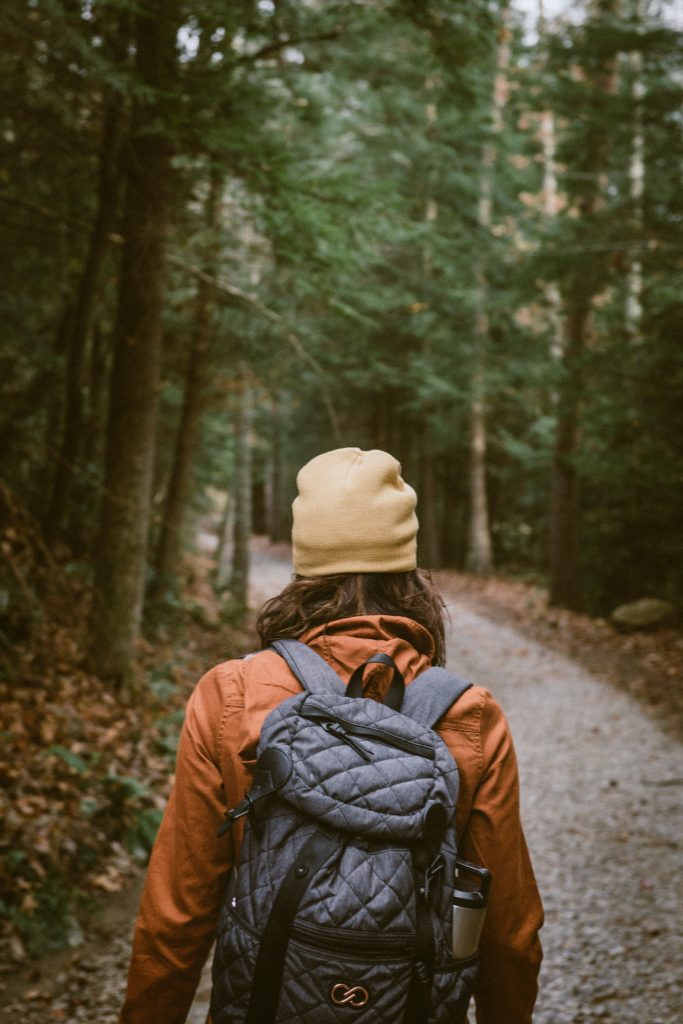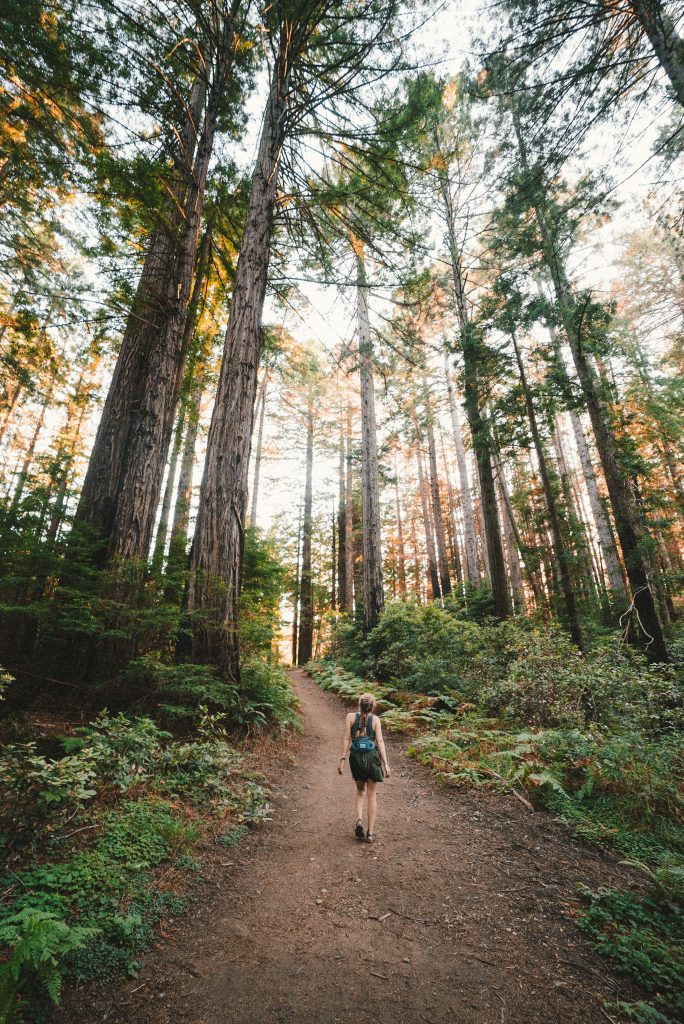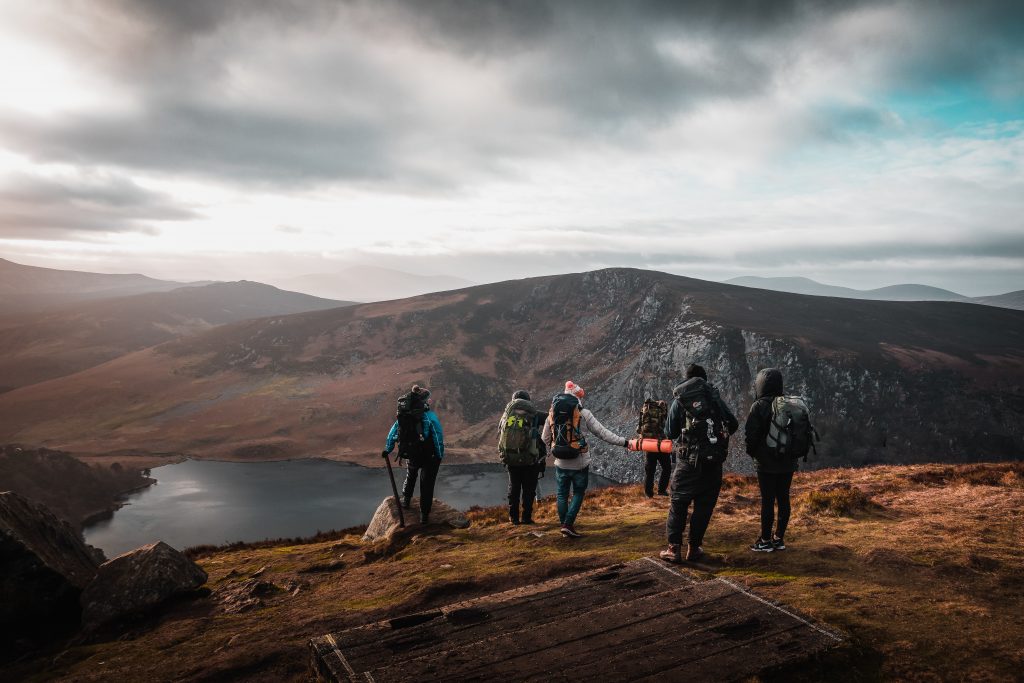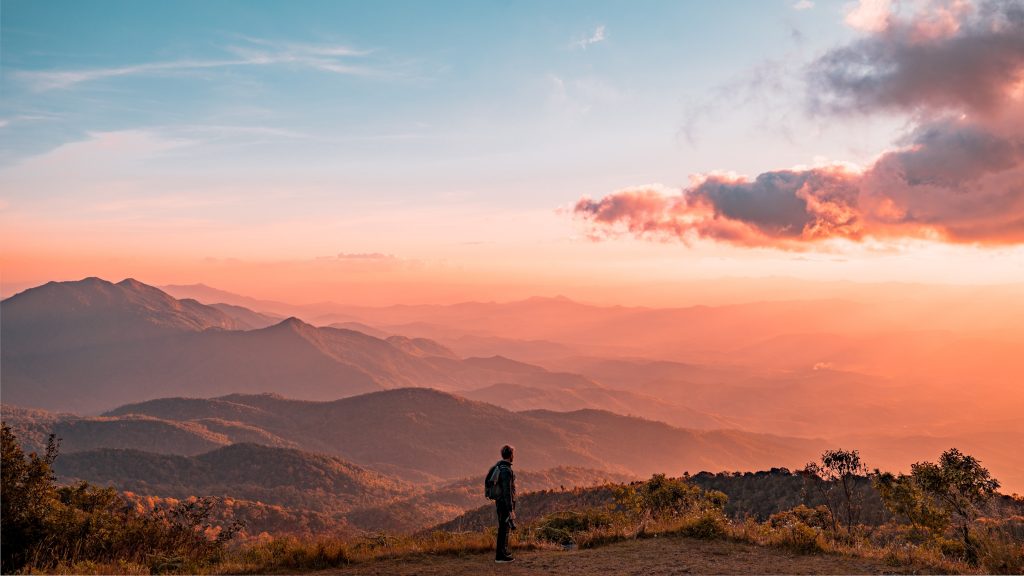Are you an avid hiker looking for answers to your questions? Look no further! In this blog post, we’ll answer the top 10 most frequently asked hiking questions to help you become a more informed and confident hiker. From tips on preparing for a hike to advice on proper trail etiquette, you’ll find all the information you need in this comprehensive guide.
So, put on your hiking boots and get ready to hit the trails with the confidence of a seasoned pro!
✅ Make sure you’ll see the entire collection in Framey App, including addresses, opening hours, and contact information!
What are the top 3 items I need to take on a hike? – Hiking for Beginners
When planning a hike, it’s important to make sure you’re prepared. To ensure your safety and comfort, there are certain items you should bring on your next outdoor adventure. The three most essential items to take on a hike are water, snacks, and proper footwear.
Staying hydrated is the key to a successful and safe hiking experience. Make sure to bring at least one liter of water per person for a short hike, and more for longer treks. It’s also a good idea to have a couple of snacks like trail mix, nuts, or energy bars with you in case you get hungry along the way.
The right pair of shoes or boots are essential for any hike. A good pair of waterproof hiking boots will protect wet terrain, while lightweight shoes are better suited for more leisurely hikes. Make sure your shoes fit properly and that they provide adequate ankle support.
Having these three items on hand can help you stay safe and comfortable while out on the trail.
So when you’re packing for your next hike, don’t forget to grab water, snacks, and the right shoes!
What are some good beginner hikes in my area? – Hiking for Beginners
If you’re looking for an accessible and easy hike, there are plenty of great beginner hikes in your area. To make sure your experience is safe and enjoyable, start with a few shorter trails. Look for well-marked trails and be sure to wear appropriate footwear and bring a map. Here are some popular beginner hikes that offer beautiful views and a sense of accomplishment:
- Hike the Appalachian Trail – Starting at Springer Mountain, Georgia, hikers can take on all or part of the 2,190-mile-long Appalachian Trail, which passes through 14 states.
- Explore the Blue Ridge Parkway – Take a stroll on the parkway, which spans 469 miles along the spine of the Blue Ridge Mountains in North Carolina and Virginia.
- Take a Day Hike on the Pacific Crest Trail – Traversing over 2,650 miles from Mexico to Canada, the Pacific Crest Trail provides stunning views of high desert terrain, mountain passes, and alpine forests.
- Climb Mount Diablo – This 3,849-foot peak offers breathtaking views of Northern California from the summit.
- Go Wildflower Spotting at Rocky Mountain National Park – Enjoy the scenery of this iconic park, where you’ll spot wildflowers throughout the summer months.
No matter what type of terrain you’re looking for, there are plenty of beginner hikes in your area. Be sure to do some research before heading out and bring along the right gear to ensure a safe and enjoyable experience.
What are some of the most common hiking mistakes? – Hiking for Beginners
Hiking is a fun and rewarding activity that many people enjoy, but it’s also important to be aware of the potential dangers that come with it. To help keep you safe while you’re out on the trail, here are some of the most common mistakes that hikers make and how you can avoid them:
Not researching the trail: Before you head out on a hike, it’s essential to do your research. Make sure you know where you’re going, what obstacles you may encounter, and the estimated length of your hike. Not only will this help keep you safe, but it will also make the experience more enjoyable.
Not bringing enough water: Hydration is key for any hiker. Bring plenty of water (1 liter per hour of hiking) and even an electrolyte powder or sports drink to stay hydrated and energized during your hike.
Neglecting to wear sunscreen: Protect your skin from sunburns by applying SPF 30 or higher sunscreen at least 30 minutes before leaving the house and reapplying every two hours. Don’t forget to wear a hat and sunglasses to further protect your eyes and face.
Overestimating your ability level: Take the time to assess your fitness level before you choose a trail. There’s nothing wrong with starting slow and working up to more difficult trails over time.
Forgetting to bring a map: Maps are essential for hiking. Even if you think you know the area, it’s always best to bring a printed map in case you get lost or decide to explore different trails.
By being aware of these common hiking mistakes, you can help ensure that you have a safe and enjoyable outdoor experience.
How can I avoid getting lost while hiking? – Hiking for Beginners
When out on a hike, it’s always important to be aware of your surroundings and to be prepared in case you come across an animal. If you encounter an animal while hiking, the best thing to do is to remain calm and keep your distance. Never approach or attempt to touch an animal, as this could agitate it and potentially cause it to attack. Instead, make yourself look as big as possible by holding your arms up and speaking loudly and firmly. If the animal does not move away, slowly back away until it’s out of sight. If you are ever concerned about an animal’s presence, alert a park ranger as soon as possible.
By following these safety tips and being prepared, you can enjoy a safe and peaceful hike without any worries!
What should I do if I encounter an animal while hiking? – Hiking for Beginners
If you’re out on the trail and come across an animal, it’s important to know how to stay safe. The best thing you can do is to remain calm and remember that animals are usually more scared of humans than humans are of them. The key is to keep your distance and avoid startling the animal. Speak in a low, soothing voice to let the animal know you are there, and back away slowly. Never attempt to feed or approach the animal, as this can be dangerous. If the animal does become aggressive, don’t run away – stand your ground and make yourself appear bigger by holding up your arms or a jacket, and make noise to scare it away.
It’s also a good idea to carry bear spray or another deterrent, just in case.
How can I tell if a trail is safe to hike? – Hiking for Beginners
Hiking is a great way to get outdoors and explore nature, but it’s important to know the safety of a trail before beginning your journey. To make sure a trail is safe to hike, be sure to do your research first. Look for recent reviews and check for any closures or hazardous conditions that may have been reported. Additionally, look at the difficulty level of the trail to make sure it’s appropriate for your experience and ability level. Pay attention to the elevation gain and terrain type so you know what to expect. Lastly, be sure to bring the proper gear and let someone know where you’ll be and when you plan to return.
Following these tips will help you make sure the trail is safe for your next hike.
What are some signs that I’m not hike-ready? – Hiking for Beginners
Being prepared for a hike is essential to ensure your safety and to have an enjoyable time. If you’re unsure if you’re adequately prepared, several signs can help you determine if you’re not quite ready to tackle the trail.
First and foremost, make sure you assess your physical fitness level before attempting a hike. Consider if the difficulty of the hike fits your skill level. If you’re feeling overly tired, lack proper strength, or struggle with balance, it’s a good indication that you need to build up your endurance before attempting the hike.
Another sign that you may not be hike-ready is if you don’t have the proper supplies for the journey. You should always make sure to bring adequate water and food, as well as extra clothing layers, a first aid kit, and any other items specific to the terrain and weather conditions. In addition, take into account the length of the hike and check the forecast.
Finally, it’s important to know the area of the hike ahead of time and understand the terrain. Don’t forget to familiarize yourself with trail maps, terrain ratings, and GPS coordinates. This will allow you to gain a better understanding of the hike and its challenges.
By taking all of these factors into account, you can ensure that you’re properly prepared for your next outdoor adventure!
How can I prevent blisters while hiking? – Hiking for Beginners
It’s important to prepare for a hike by properly equipping yourself with the right items and by taking the necessary precautions to ensure that you don’t get blisters. One of the most important steps in avoiding blisters while hiking is to wear the proper footwear. You’ll want to find a pair of shoes or boots that fit well and provide ample support. It’s also wise to break in your shoes ahead of time to make sure they won’t cause any painful rubbing or friction on your feet during your hike. Additionally, make sure to wear moisture-wicking socks that will keep your feet dry and help reduce any friction.
To further reduce the chances of getting blisters while hiking, use a lubricant or balm such as Vaseline or Body Glide on areas of your feet that tend to rub against your shoes. It’s also beneficial to stop for short breaks during your hike, to check for any irritation or hotspots on your feet, and to adjust your laces if necessary. Additionally, be sure to bring along a few extra pairs of socks in case your feet start to sweat more than usual.
By taking these simple precautions, you can reduce the risk of getting blisters while hiking and make sure that your trek is comfortable and enjoyable.
What are some good tips for hike-proofing my cellphone? – Hiking for Beginners
If you are an avid hiker, having a reliable phone can be essential for your safety. To make sure your cellphone is hike-proof, here are some of the best tips to follow:
- Get a Waterproof Case: Investing in a waterproof case will help keep your phone safe from water damage and dust.
- Power Bank: It’s important to always have a power bank when you’re out on the trail. That way, if you run out of battery, you will have a source of power to charge your device.
- Activate Airplane Mode: By activating airplane mode, you will save battery life and also prevent your phone from connecting to any cellular networks which may reduce the risk of being tracked.
- Install a Hiking App: Installing a hiking app on your phone can help ensure that you stay on track while out on the trail. There are many hiking apps available to download and they offer features like GPS tracking, route mapping, and distance calculator.
- Keep Your Phone Off the Ground: Avoid setting your phone down on the ground, as this could lead to moisture or dirt seeping in and damaging the device.
By following these tips for hike-proofing your cellphone, you can ensure that your device stays safe and secure while you’re out on the trail.
What are some other resources I can turn to for hike information? – Hiking for Beginners
If you’re looking for additional resources to help you with your hiking needs, you’re in luck! There are a variety of online and offline resources available that can provide valuable information to help make your hiking experience more enjoyable and safe.
Online resources such as hiking forums, social media groups, and websites dedicated to the outdoors can be great sources of up-to-date hike info. You can use these to get recommendations on trails, read reviews, find out about new gear, or simply connect with other hikers who share your interests.
Offline resources like outdoor magazines, hiking books, and even guidebooks can be great options if you’re looking for detailed and specialized information. These materials offer advice on anything from route finding to packing essentials, and they can provide you with an in-depth look at the terrain and environment of the trails.
Finally, don’t forget about your local park ranger station or visitor center. They are experts in the area and can provide you with all the latest info on trail closures, weather, and wildlife conditions. They can also help you plan a safe and enjoyable hike for yourself and your group.
By taking advantage of all these resources, you can ensure that you have the best possible experience when it comes to exploring nature on foot!
Hiking is a great way to explore the outdoors and get in touch with nature. With the right preparation and knowledge, it can be an exciting and rewarding experience.
To ensure you have the best time possible, make sure to brush up on your hiking questions and answers. Use this resource as a starting point, but also look to other reliable sources for more in-depth information.
Additionally, for sure Framey is a great app for finding inspiration for your next trips.
Not only can you check out your friends’ holiday photos, but also use them to discover new and exciting destinations around the world!
Get inspired with Framey and have an unforgettable time exploring World’s great outdoors!


